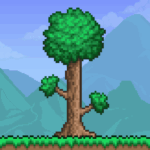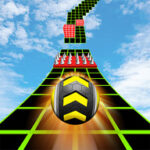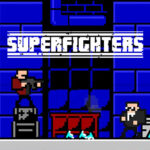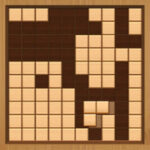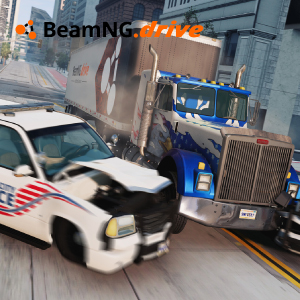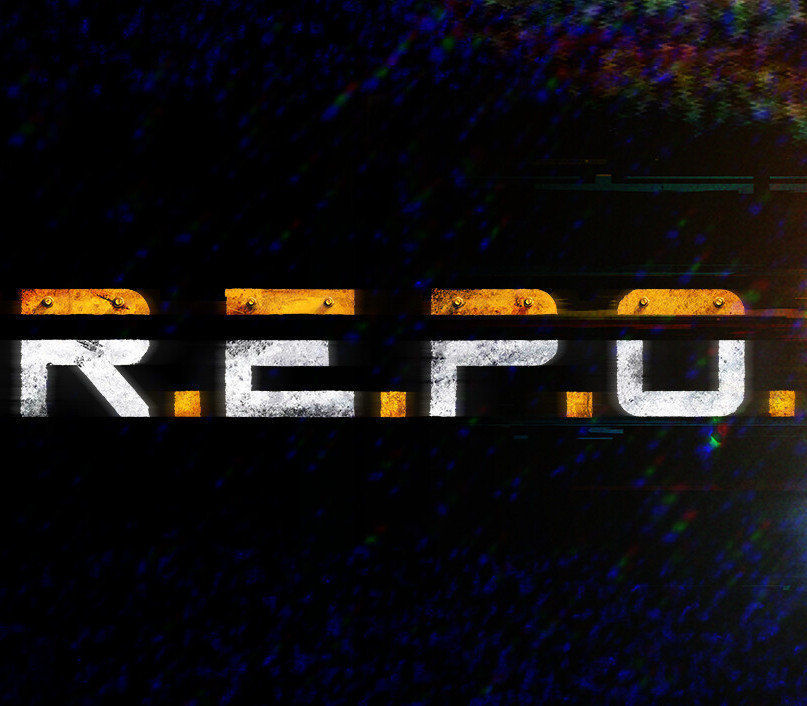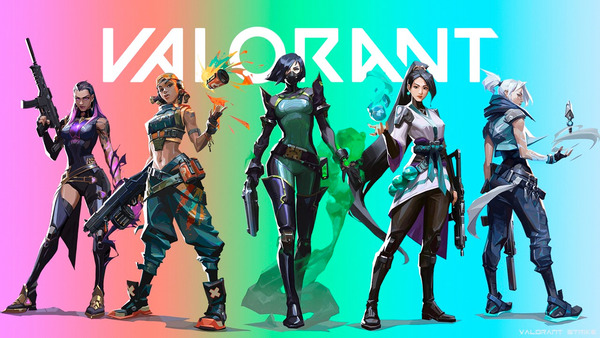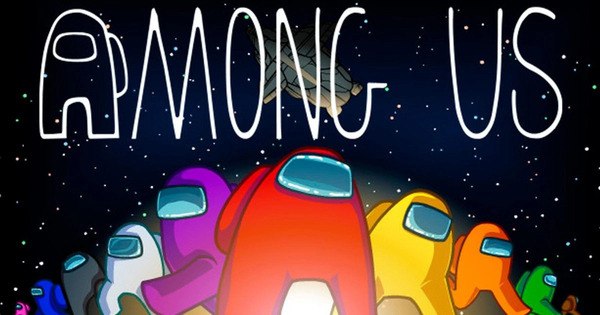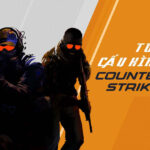NARAKA: BLADEPOINT is a unique take on the battle royale genre, blending martial arts melee combat with mystical elements and a vivid Eastern aesthetic. Developed by 24 Entertainment and published by NetEase, it launched globally in August 2021. Unlike most shooters in the genre, NARAKA emphasizes close-quarters weapon-based duels, vertical mobility, and cinematic combat.
In this article, we explore NARAKA: BLADEPOINT’s development, gameplay structure, character design, weapon systems, and competitive relevance. We’ll also discuss its pros and cons, cultural impact, and long-term potential in an ever-evolving genre.1. Origins and Vision
NARAKA: BLADEPOINT was designed to challenge the battle royale norms established by PUBG, Fortnite, and Apex Legends. The idea was to bring wuxia-style action into a large-scale multiplayer format.Design Philosophy
The game was built around fast-paced swordplay, fluid parkour, and mystical powers. Its Chinese developers envisioned a title that captured the elegance and intensity of martial arts cinema.Development Journey
From early betas to launch, the game underwent refinements in combat feedback, UI, and matchmaking. Global interest surged thanks to strong visuals and Twitch exposure.2. Core Gameplay Mechanics
At its heart, NARAKA is a 60-player melee-centric battle royale. Players drop into a map, gather loot, and fight to survive using melee weapons, ranged tools, and special powers.Unique Combat System
Combat revolves around timing, dodging, parrying, and charged attacks. It’s more fighting game than shooter, requiring precision and reflexes.Mobility and Grappling Hook
Every player has access to a grappling hook, allowing high-speed vertical traversal. This opens up map exploration and dynamic ambushes.3. Hero System and Abilities
Unlike traditional BR games, NARAKA uses a hero system where players choose a unique character with specific abilities and ultimates.Character Diversity
Each hero offers a different playstyle—some are defensive tanks, while others specialize in stealth, healing, or burst damage.Popular Characters
- Viper Ning: Area control with crowd-control ultimates
- Matari: Stealth assassin with teleportation
- Kurumi: Healer with protective auras





